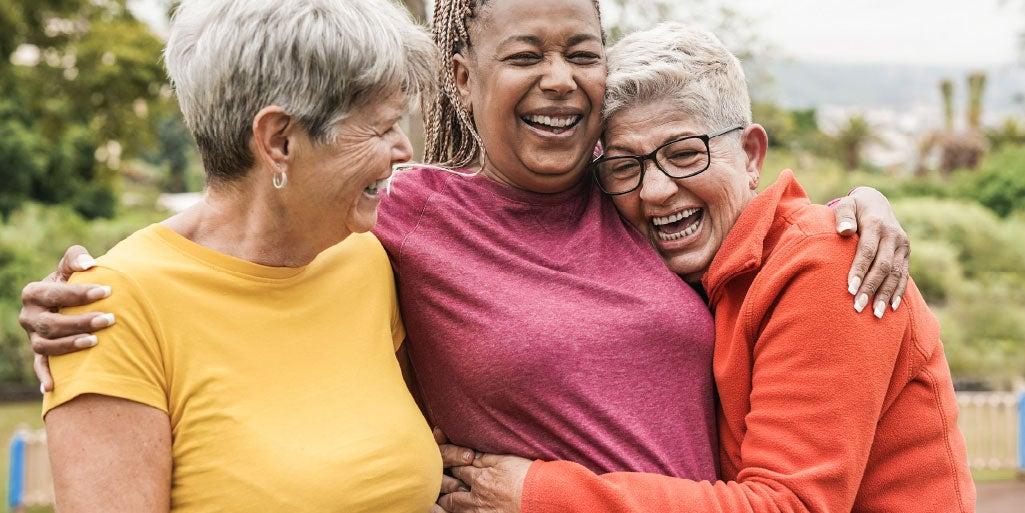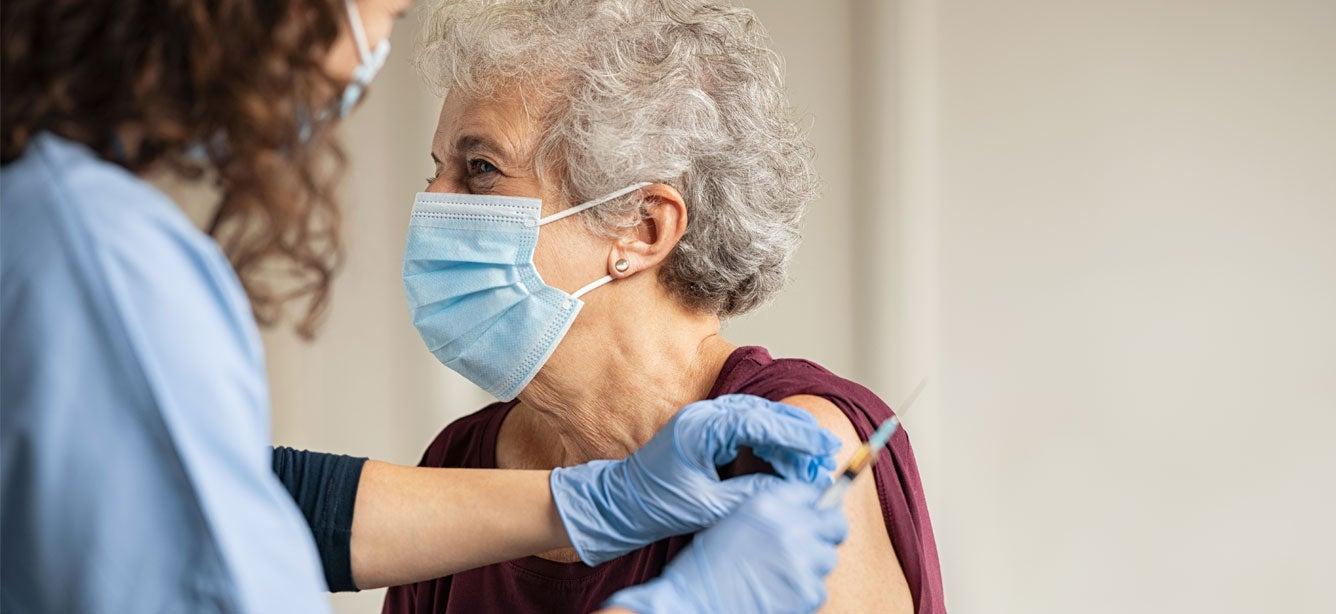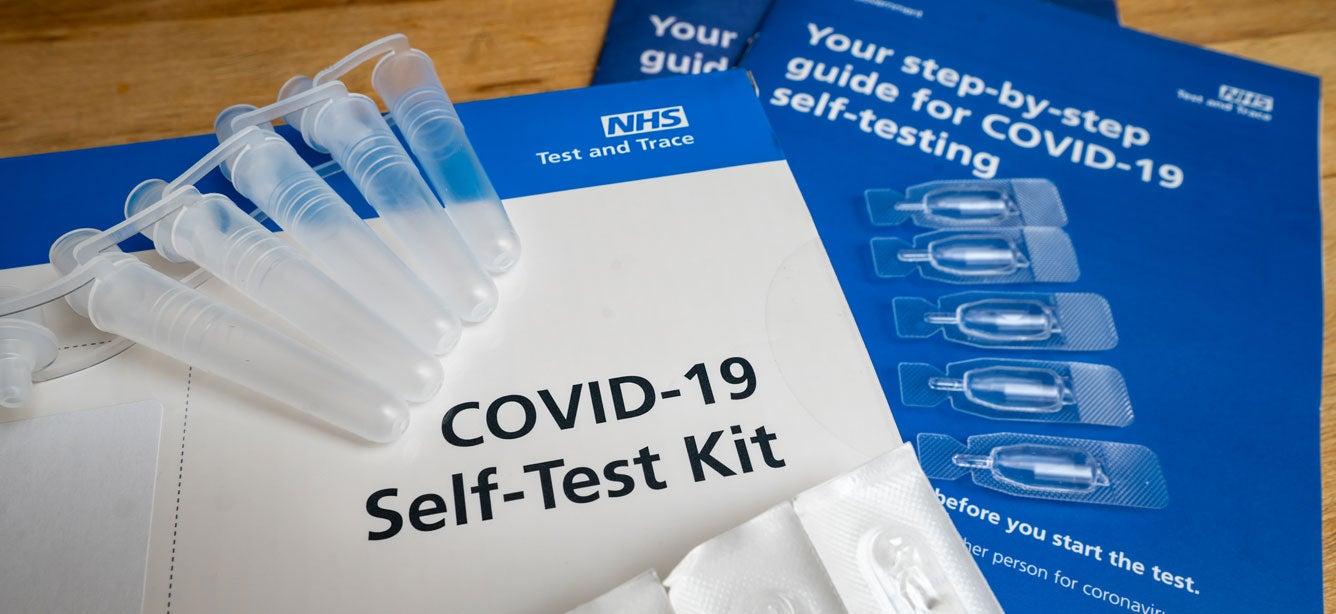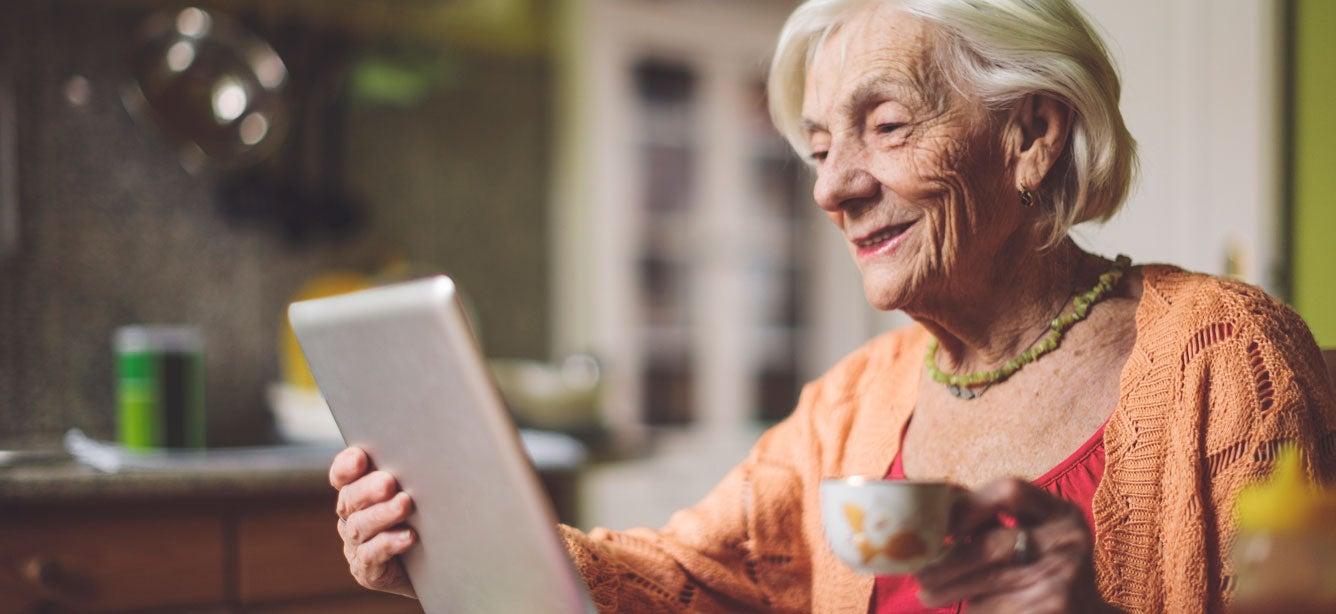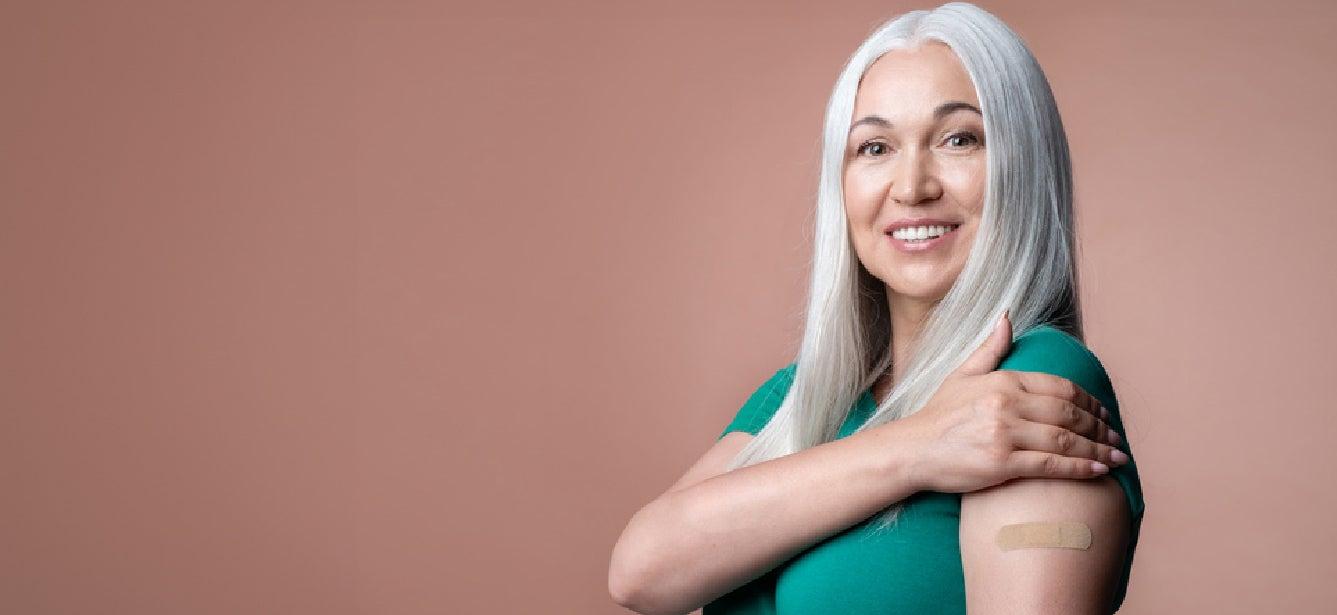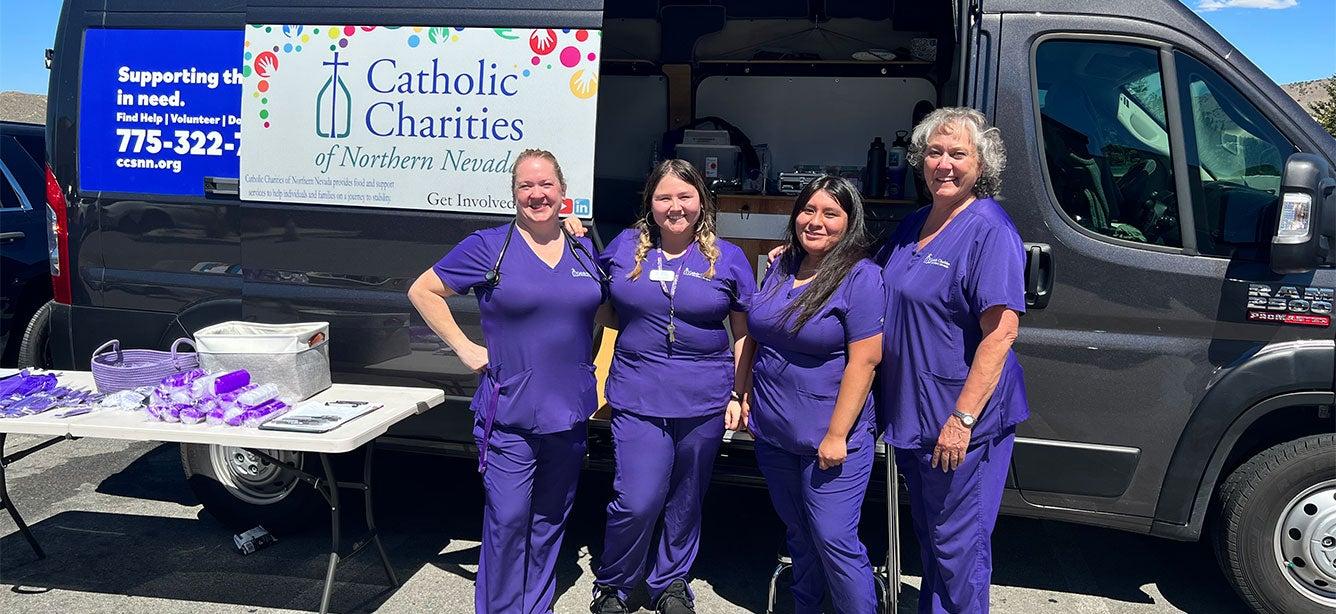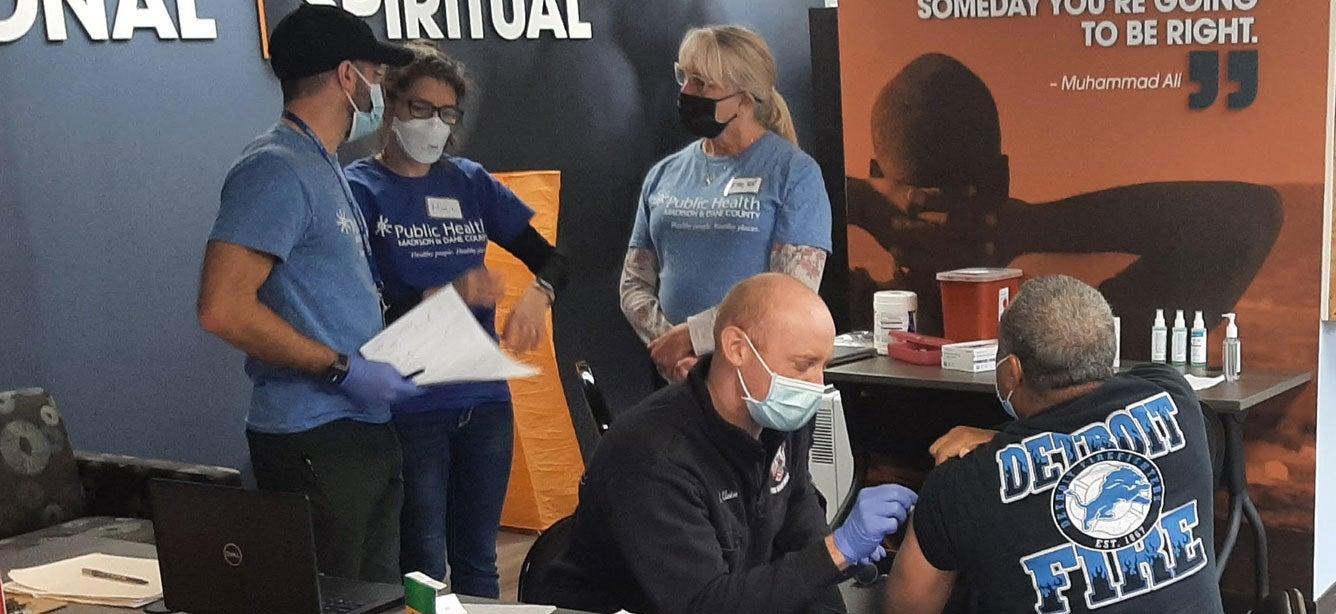COVID-19
The pandemic showed how quickly organizations can adapt to connect older adults with vital resources. While COVID-19 looks different today, it hasn’t gone away. Use our tools to help older adults stay healthy, informed, and protected.
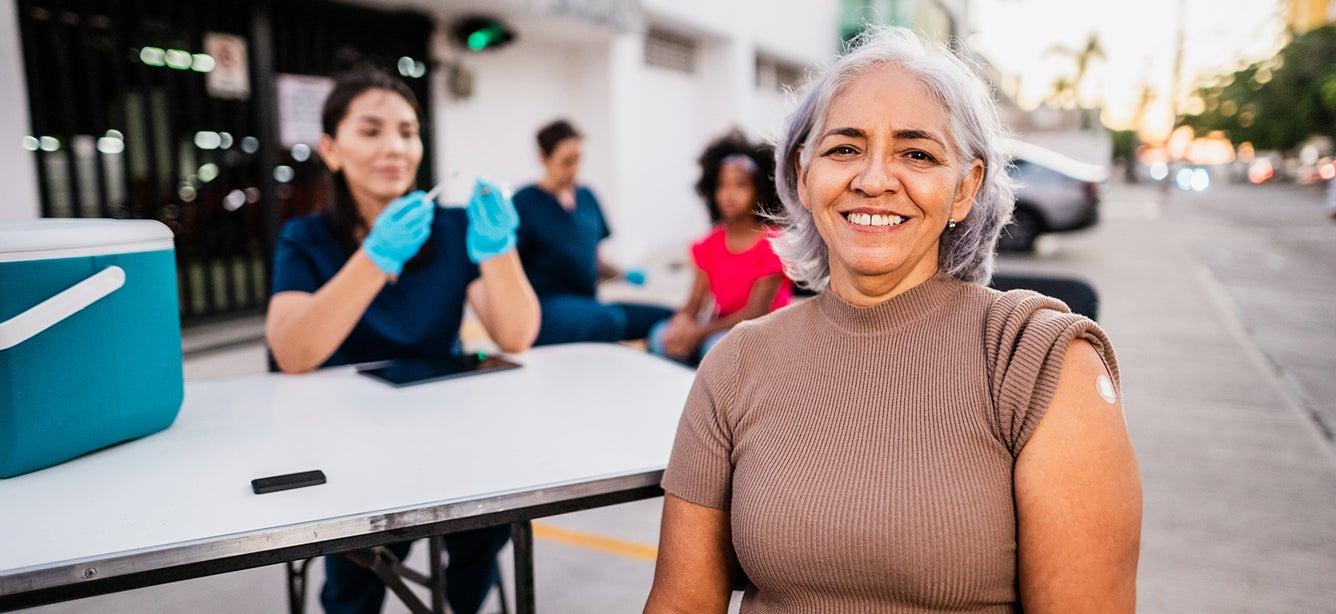
Is It Flu or COVID?
While flu and COVID-19 share many similarities, they are distinct illnesses with different causes, complications, and treatments.
Getting the Care You Need via Telemedicine
Oct 23, 2025
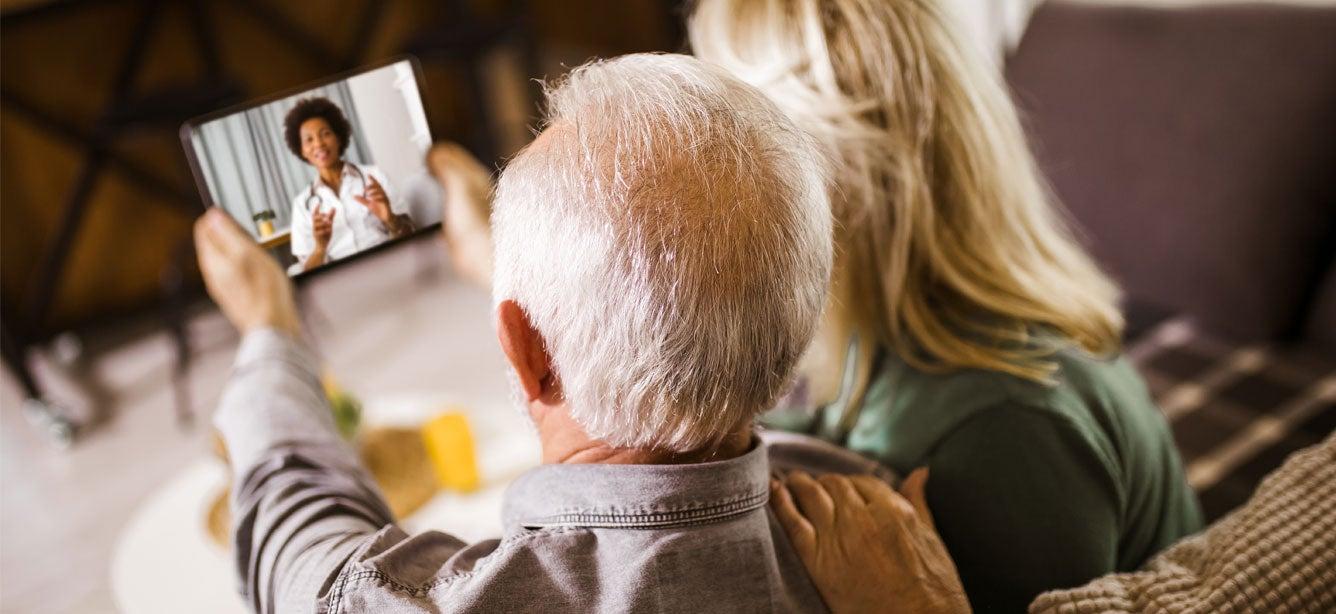
Summer Reflections on Staying Safe
Oct 13, 2025
How Do mRNA Vaccines Work?
Oct 01, 2025
How NCOA Helps Older Adults Thrive
NCOA's Center for Healthy Aging (CHA) provides training and technical assistance to help professionals support community-based health education opportunities for older adults and adults with disabilities.
